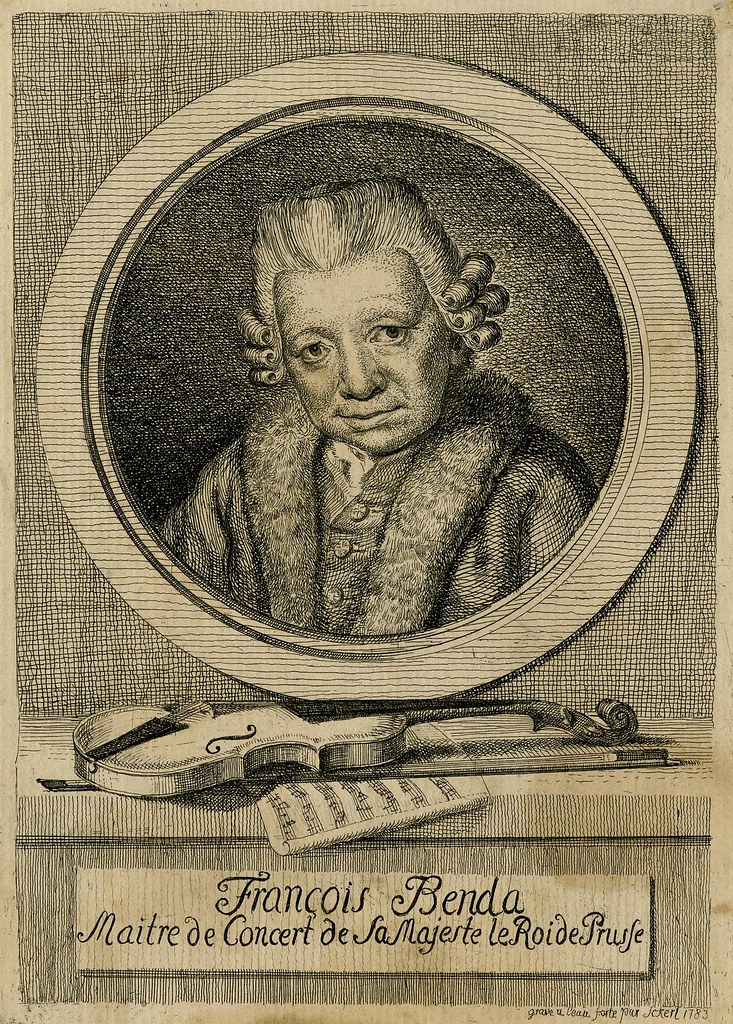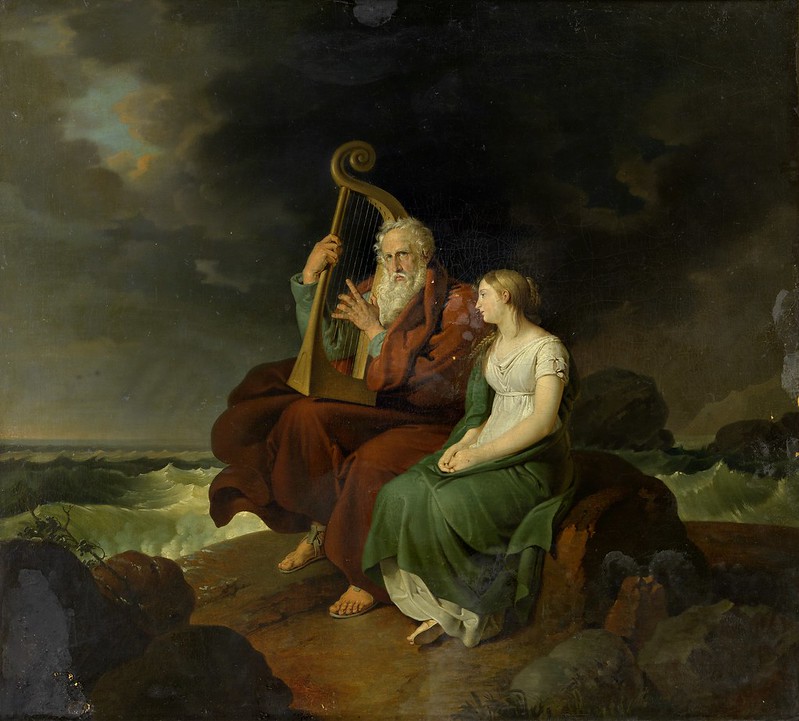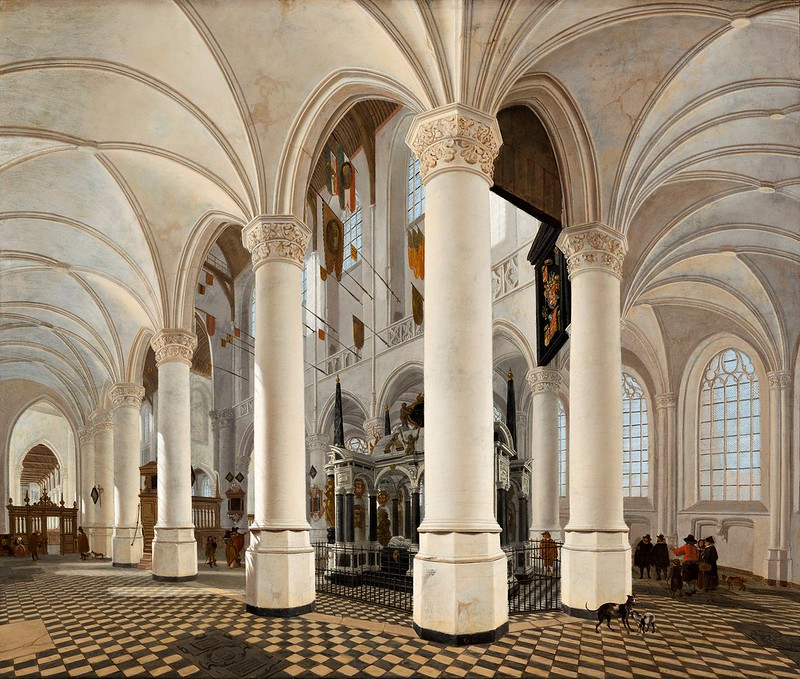Christoph Förster (1693-1745) - Ehre sei Gott in der Höhe
Performers: Hanna Herfurtner (soprano); Carola Günther (alto); Georg Poplutz (tenor); Raimonds Spogis (bass);
Kölner Akademie; Michael Alexander Willens (conductor)
---
German composer. He studied first with the organist Pitzler, then left
Bibra for Weissenfels where he learnt thoroughbass and composition from
Heinichen. When Heinichen went to Italy, Förster became a pupil of Georg
Friedrich Kauffmann at Merseburg. In 1717 he was appointed violinist in
the Merseburg court orchestra and later became Konzertmeister there.
While employed at the court Förster dedicated six sonatas, six cantatas
and 12 concertos to the duchess; he also learnt Italian, the predominant
language for secular vocal music. Förster was granted leave of absence
from Merseburg on several occasions: in 1719 he visited Heinichen at
Dresden and in 1723 went to Prague where he met Fux, Caldara, Conti and
other eminent musicians involved in the coronation celebrations of
Charles VI. In August 1742 he played a leading part (under Johann Graf)
in the birthday festivities of Prince Friedrich Anton of
Schwarzburg-Rudolstadt, and the following year was appointed
vice-Kapellmeister at Rudolstadt. Among works written for this court is a
birthday cantata dedicated to Princess Bernhardine (5 May 1745). When
Graf died in 1745 Förster succeeded him as Kapellmeister, but held this
post for only a few weeks before his own death. There is some confusion
surrounding Förster’s activities between 1739 and 1743. Loewenberg
(Grove5) stated that he held an appointment at Sondershausen during this
period, but in Förster’s application for the post at Rudolstadt (3
March 1743) he merely said he had been Kammermusikus and Konzertmeister
at Merseburg ‘for a long time’. In his own day Förster was greatly respected as a composer of church
music. Gerber thought highly of the cantatas; when a boy he had sung
many ‘agreeable’ arias by Förster in the local church at Sondershausen.
In his instrumental music, Förster has been described as one of the
leading exponents of the French overture: the overture in A major (ed.
Riemann) shows a fine sense of form and a keen appreciation of
instrumental colour. Whereas the orchestral suites are indebted to
French models, the sinfonias and concertos display the influence of the
Italian style. Förster’s chamber music invites comparison with
Telemann’s. Both composers show the same ability to combine learned
counterpoint and melodious themes, the same predilection for voice
change and love of short melodic phrases in the galant manner. Few of
Förster’s works were printed in the 18th century. The two main
publications were a set of six symphonies published by Haffner
(Nuremberg, 1747) and six Duetti oder Trii for two violins and optional
continuo engraved by Telemann (see Mattheson). Förster was an extremely
prolific composer. According to Walther he had written over 300 pieces
by 1732, and the Breitkopf catalogues mention numerous works by him. It
is obvious that existing work-lists are far from complete. Unfortunately
many manuscripts lack the distinguishing Christian name so that
authorship is open to dispute.
















